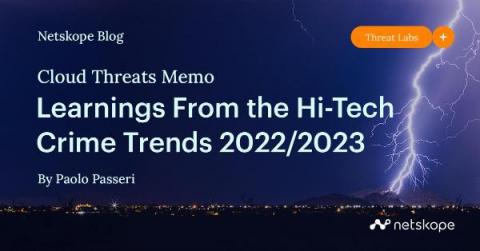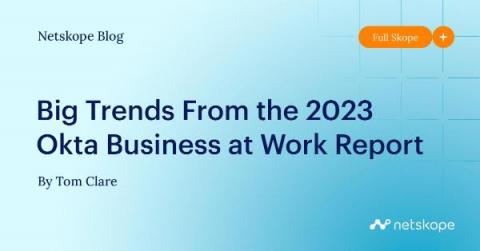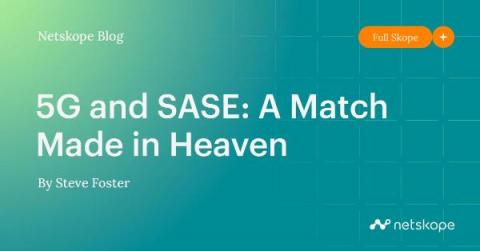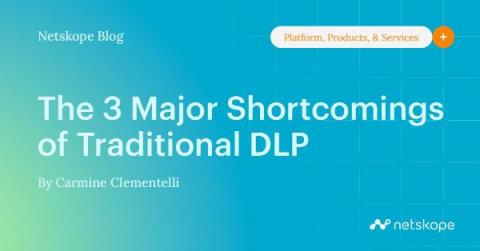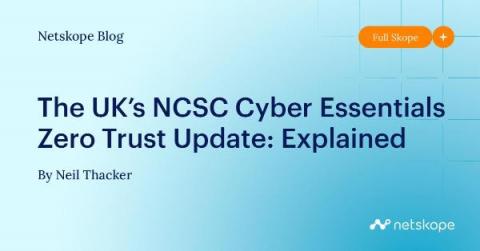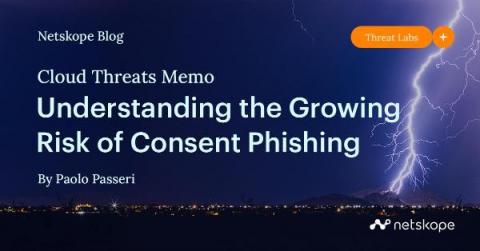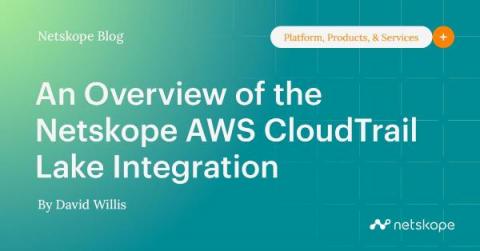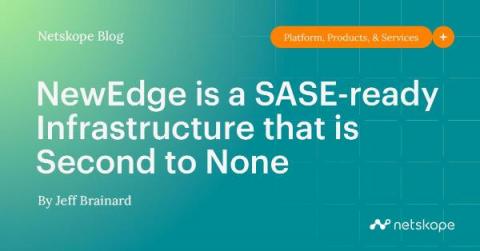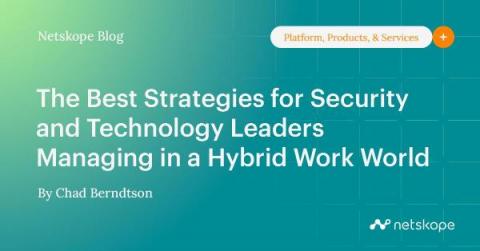Netskope Cloud Threats Memo: Learnings From the Hi-Tech Crime Trends 2022/2023
The underground economy of the initial access brokers (IABs) is more flourishing than ever. At least this is one of the conclusions of the recent report “Hi-Tech Crime Trends 2022/2023” released by Group-IB. Initial access brokers exploit vulnerabilities or misconfigurations to get hold of valid access credentials (typically VPN or RDP) and outsource or sell them to criminal gangs, including ransomware operators.


